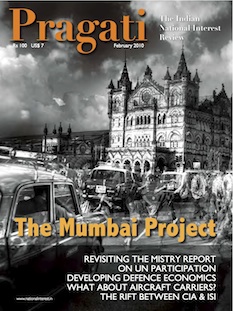
Time to revisit RISC — the development model that I proposed over 20 years ago. It was about helping the rural population develop so that they become urbanized. The solution to rural development is urbanization. The first step to urbanization is the development of rural people. That means providing them with services that help them increase their productivity.
The core insight is the importance of distinguishing between rural people and rural areas. We have to focus on the development of rural people and not on the development of rural areas. Quote: Continue reading “An Introduction to RISC (from the archives)”



